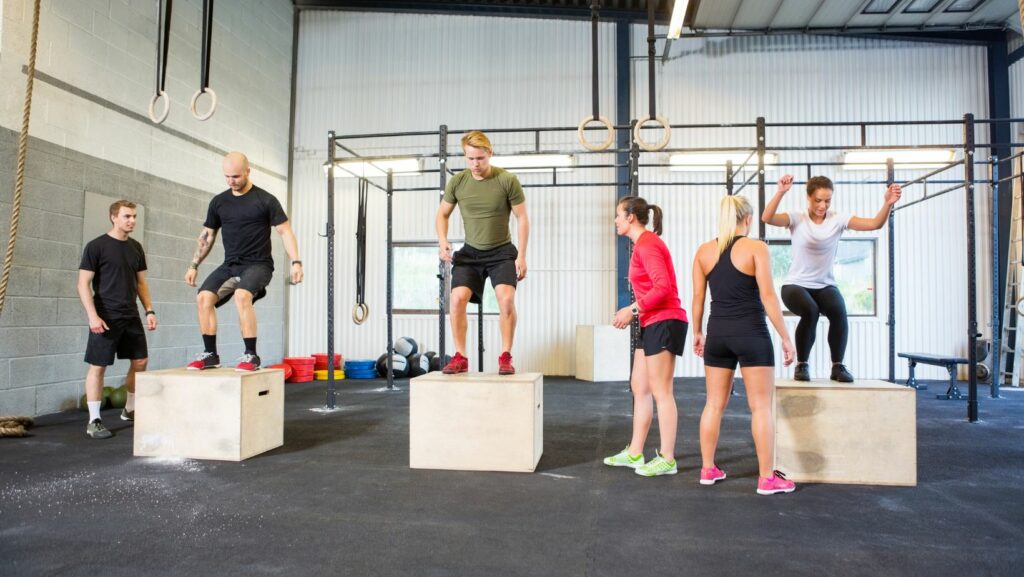
Embarking on a weight loss journey requires a well-structured workout plan that effectively targets fat loss while promoting overall health and fitness. In this guide, we’ll explore how to build the perfect weight loss workout plan with the inclusion of jump box exercises. By incorporating plyometric training alongside other workout modalities, you can maximize calorie burn, enhance cardiovascular health, and achieve sustainable weight loss results.
Understanding Jump Box Workouts
Jump box workouts, also referred to as plyometric exercises, entail explosive movements engaging multiple muscle groups simultaneously. These exercises typically involve jumping onto and off of a sturdy platform, like a jump box, which is also offered in various configurations and heights at https://www.factoryweights.co.uk/collections/jump-boxes. Plyometric training is esteemed for its capacity to enhance power, speed, and agility, making it a vital component of any weight loss workout regimen.
Balancing Plyometric Training
While jump box exercises can be highly effective for weight loss, it’s essential to balance plyometric training with other forms of exercise to ensure a well-rounded workout routine. Incorporate a mix of cardiovascular exercises, strength training, flexibility work, and rest days into your weekly plan to prevent overuse injuries and promote muscular balance.
Creating a Weekly Schedule
Start by outlining a weekly workout schedule that includes dedicated days for jump box workouts, cardiovascular training, and strength exercises.
Aim for at least 150 minutes of moderate-intensity cardio or 75 minutes of vigorous-intensity cardio per week, as recommended by health guidelines. Additionally, schedule two to three days for jump box workouts, focusing on different variations and intensities to keep your routine challenging and engaging.
Integrating Strength Training
In addition to jump box exercises, incorporate strength training sessions into your workout plan to build lean muscle mass and boost metabolism. Include exercises that target major muscle groups, such as squats, lunges, deadlifts, push-ups, and rows, using a combination of bodyweight movements and resistance training equipment. Aim for two to three strength workouts per week, alternating between upper and lower body exercises.
Adding Cardiovascular Exercise
Cardiovascular exercise is essential for burning calories, improving heart health, and enhancing endurance. Choose activities that you enjoy and that align with your fitness goals, such as running, cycling, swimming, or brisk walking. Incorporate cardio sessions into your workout plan on non-jump box days, aiming for consistency and gradually increasing the duration and intensity of your workouts over time.
Monitoring Progress and Adjustments
As you progress with your weight loss journey, regularly monitor your results and make adjustments to your workout plan as needed. Keep track of your workouts, including the exercises performed, duration, intensity, and any changes in weight or body composition.

Listen to your body and be flexible in modifying your plan to accommodate changes in fitness level, schedule, or preferences.
Staying Consistent and Motivated
Consistency is key to achieving long-term weight loss success. Stay motivated by setting realistic goals, celebrating milestones, and finding enjoyment in your workouts. Mix up your routine occasionally by trying new jump box variations, exploring different cardio activities, or joining group fitness classes for added accountability and camaraderie. Remember that progress takes time, so stay patient, stay focused, and stay committed to your health and fitness journey.
Conclusion
By incorporating jump box workouts into a well-rounded weight loss workout plan, individuals can effectively burn calories, improve cardiovascular health, and achieve their weight loss goals. Balancing plyometric training with other forms of exercise ensures comprehensive physical conditioning while reducing the risk of overuse injuries. With dedication, consistency, and a smart approach to fitness, you can build a sustainable workout routine that leads to lasting results and a healthier, happier you.













